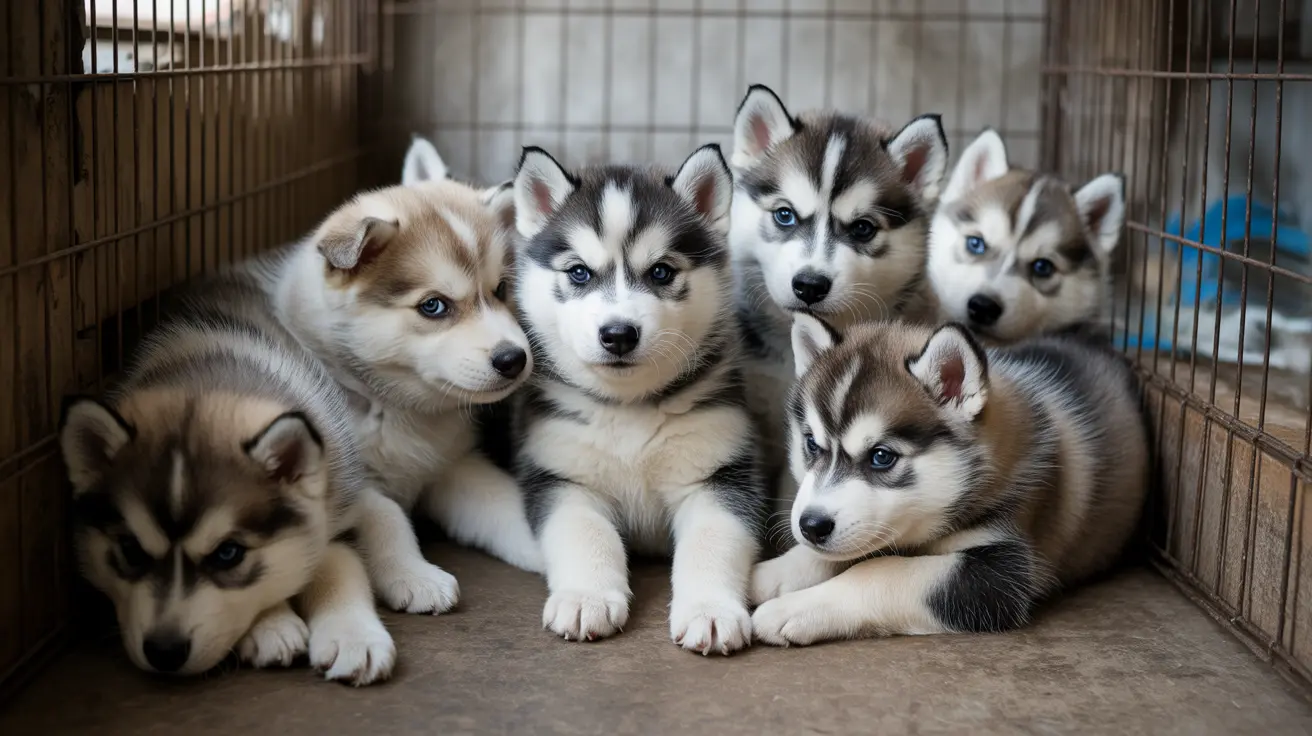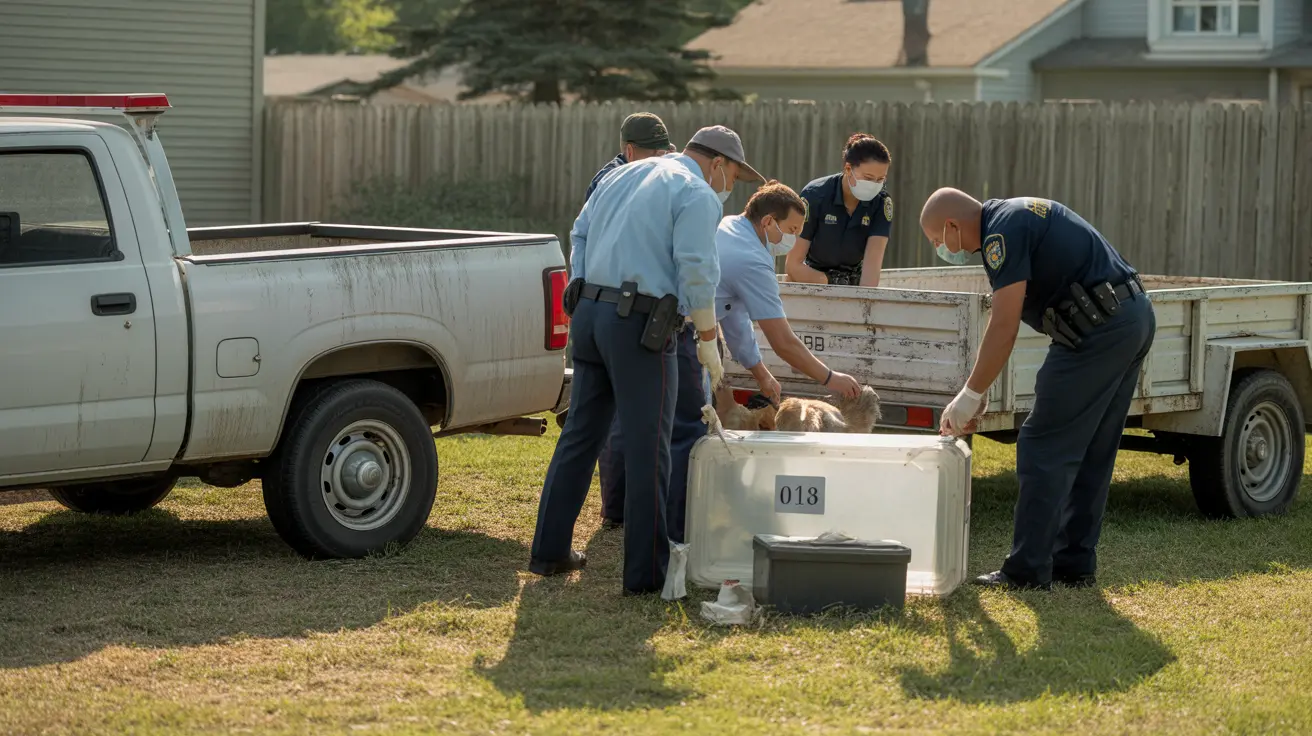As devoted pet parents, we often find ourselves deeply concerned about our furry companions' well-being, especially during vulnerable moments like sleep. Dog nightmares can be particularly distressing to witness, leaving many owners worried and seeking answers about what's happening when their beloved pet experiences a seemingly traumatic dream.
In this comprehensive guide, we'll explore the complex world of canine nightmares, helping you understand the signs, causes, and appropriate responses when your dog appears to be experiencing a disturbing dream.
What Are Dog Nightmares?
Dog nightmares are intense, negative dream experiences that can cause visible physical and emotional distress during sleep. Unlike pleasant dreams characterized by gentle twitching, nightmares trigger more pronounced reactions that can be alarming for both dogs and their owners.
Recognizing the Signs of Dog Nightmares
Physical Indicators of Distressing Dreams
Dogs experiencing nightmares often display several telltale physical signs:
- Whimpering or crying during sleep
- Rapid, erratic breathing or panting
- Twitching or jerking movements of paws and facial muscles
- Sudden, startled awakening
- Growling or defensive vocalization
Emotional and Behavioral Cues
Beyond physical manifestations, nightmares can reveal underlying emotional states. Dogs might seem more agitated, show signs of fear, or appear disoriented upon waking, indicating a particularly intense dream experience.
Common Triggers for Dog Nightmares
Psychological Stressors
Nightmares frequently stem from psychological factors that create anxiety or emotional turmoil:
- Past traumatic experiences
- Significant environmental changes
- Separation anxiety
- Fear of loud noises or unfamiliar situations
Physical Health Considerations
Some nightmares can be linked to physical discomfort or health issues:
- Chronic pain conditions
- Age-related cognitive changes
- Underlying medical problems
- Recent medical procedures or treatments
When to Be Concerned About Your Dog's Nightmares
Normal vs. Problematic Dream Behaviors
While occasional nightmares are normal, certain patterns warrant closer attention:
- Frequent, intense nightmares disrupting sleep
- Extreme reactions like aggressive movements
- Accompanying behavioral or health changes
- Persistent signs of distress or exhaustion
Supporting Your Dog Through Nightmares
Compassionate Intervention Strategies
When your dog experiences a nightmare, remember these crucial guidelines:
- Avoid abruptly waking your dog, which might startle them
- Create a calm, secure sleeping environment
- Maintain consistent sleep routines
- Consider soft, comforting background sounds
Professional Guidance
If nightmares become persistent or seem linked to underlying issues, consulting a veterinarian can provide targeted insights and potential treatment strategies.
Frequently Asked Questions
How can I tell if my dog is having a nightmare versus just a normal dream?
Normal dreams typically involve mild twitching and relaxed body language. Nightmares are characterized by more intense reactions like growling, sudden movements, and apparent distress.
What causes nightmares in dogs?
Nightmares can result from stress, anxiety, past traumas, physical discomfort, or underlying health conditions. Each dog's experience is unique and may have multiple contributing factors.
Should I wake my dog during a nightmare?
It's generally recommended to avoid waking your dog abruptly. Instead, create a calm environment and wait for them to naturally transition out of the dream state.
When should I be worried about my dog's nightmares?
Seek veterinary advice if nightmares are frequent, extremely intense, accompanied by other behavioral changes, or seem to cause significant distress.
Can older dogs experience more nightmares?
Yes, older dogs may be more prone to nightmares due to age-related cognitive changes, increased anxiety, or developing health conditions.






